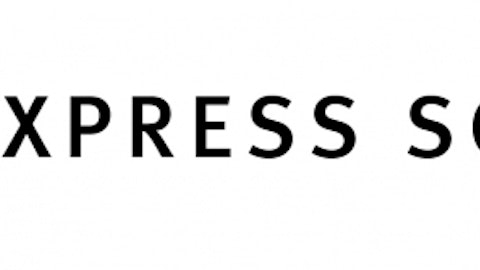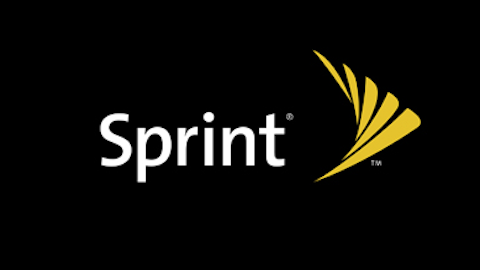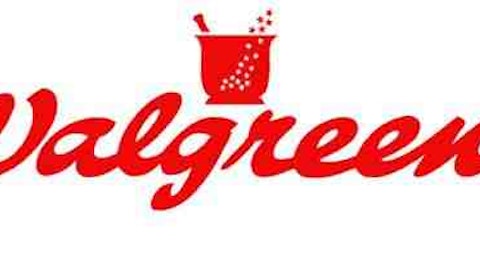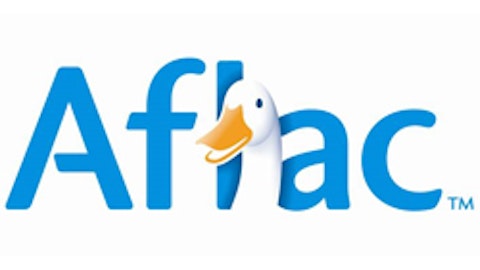A SWOT analysis is a look at a company’s strengths, weaknesses, opportunities, and threats, and is a tremendous way to gain a detailed and thorough perspective on a company and its future. As 2013 begins, I would like to focus on a leading pharmacy health care provider in the United States: CVS Caremark Corporation (NYSE:CVS).
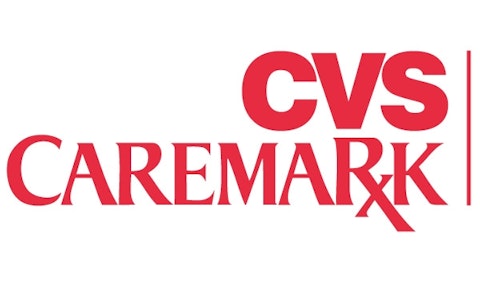
Strengths:
1). Solid Revenue Growth: In 2006, CVS reported revenue of $43.81 billion; in 2011, the company announced revenue of $107.10 billion, representing year over year annual growth of 19.58%, and this trend is widely anticipated to continue into the future with projections placing 2016 revenue at $143.22 billion. This revenue growth has been a result of growth by the company in the retail prescriptions industry in market share
2). Dividend: Currently, CVS pays out quarterly dividends of $0.225, which when annualized puts the dividend as yielding 1.74%
3). Institutional Vote of Confidence: 84.06% of shares outstanding are held by institutional investors, displaying the confidence some of largest investors in the world have in the company and its future
4). Inexpensive Valuation: At the moment, CVS carries a price to earnings ratio of 17.32, a price to book ratio of 1.76, and a price to sales ratio of 0.60–all of which indicate a relatively inexpensive valuation
5). Strong Presence in Retail Prescriptions Market: CVS’s main business segment, retail prescriptions, makes up 46.57% of total business, and CVS holds a market share of 18.7% in this industry, representing a strong position that is only anticipated to grow into the future
Weaknesses:
1). Single Digit Margin: Currently, CVS possesses a net profit margin of 3.26%, which represents a company with little room to spare for unexpected expenditures due to the steep competition in the industry
2). Net Debt: Despite possessing $1.2 billion in cash and cash equivalents on their balance sheets, their debt load of $35 billion results in a net debt of $33.8 billion, a major downside to the business as this net debt represents 52.56% of total market capitalization
3). Declining Revenue per Prescription: Revenue per prescription is one of the most important statistics for the company, and since its peak in 2011 at $61.90, this figure has been falling to the current $60.40, and further declining revenue per prescription will significantly harm business
4). Concentration in United States: CVS is entirely concentrated in the United States, and this dependence on the United States for growth could prove to be a major weakness
Opportunities:
1). Growth in Number of Stores: In 2008, CVS possessed 6.92k stores; currently, the company has 7.59k stores in the United States, and further growth in the number of stores the company possesses could lead to the establishment of new revenue streams
2). Growth in Retail Prescriptions Market: In 2008, 3.54 billion retail prescriptions were filled in the United States; currently, on an annual basis, 3.85 billion retail prescriptions are filled, and further growth in this crucial market for CVS could fuel overall company growth
3). Dividend Growth: Since implementing a dividend program in 1960, CVS has consistently raised their dividend payouts, and nothing indicates that this trend will not continue well into the future

4). Market Share: Any growth in market share in the retail prescriptions industry could greatly benefit the company and fuel revenue growth
Threats:
1). Competition: Every industry CVS operates in is extremely competitive, and the competition to offer the best product for the least amount of money can lead to margin contraction
2). Margin Compression: The net profit margin for CVS in 2007 was 3.4%, which has dropped down to the current 3.26% level, and further contraction in margins could lead to shrinking profits
3). Falters in the Health Care System: The United States healthcare system is greatly flawed, and will require immense amounts of alterations in the coming years, and any changes that lesson the amount that CVS is paid for each of the prescriptions it fills could severely threatened the company
Competition:
Major publicly traded competitors of CVS include Walgreen (NYSE:WAG) Company , Rite Aid (NYSE:RAD) , Express Scripts (NASDAQ:ESRX) , and UnitedHealth Group (NYSE:UNH) Incorporated . All of these companies compete with CVS and pose serious threats to their success. Walgreen is valued at $38.10 billion, pays out a dividend yielding 2.73%, and carries a price to earnings ratio of 18.08. Rite Aid is valued at $1.54 billion, does not pay out a dividend, and carries a negative price to earnings ratio. Express Scripts is valued at $43.61 billion, does not pay out a dividend, and carries a price to earnings ratio of 31.68. UnitedHealth is valued at $56.97 billion, pays out a dividend yielding 1.52%, and carries a price to earnings ratio of 10.56.
The Foolish Bottom Line:
Financially, CVS is relatively solid. The company possesses good revenue growth, a decently sized dividend, and a reasonable valuation. However, the company is plagued by extremely tight margins and a massive debt load. The company’s future is filled with opportunities that could lead to growth. At the end of the day, CVS appears to be a solid investment in the retail prescriptions industry, coming at a more reasonable valuation than Express Scripts and with higher growth rate than Walgreen.
The article Can Investors Trust CVS with Their Prescription & Investment? originally appeared on Fool.com and is written by Ryan Guenette.
Copyright © 1995 – 2013 The Motley Fool, LLC. All rights reserved. The Motley Fool has a disclosure policy.
